Abstract
This paper is an introduction to an ongoing transmedia art project. This project will address Machine Learning as an artistic medium. This paper will provide a quick overview of what the project aims at talking about, and why I chose to do it the way it does, before more precisely dwelling on the question of the Machine Learning’s ontology, mobilizing mainly the insights of Brian Cantwell Smith, a computer scientist and philosopher, and Jacques Derrida.
Keywords
Artificial Intelligence, Machine Learning, AI Art, Counterfactual fictions, Avant-gardes
Introduction
Melodia Atomizacji is an ongoing artistic project comprising a series of installations and an artist book. Both sides of this project intend to immerse the audience in the work and life of Sena Plincski, a Polish artist from the early twentieth century. Soon enough, though, one might realize that all of Sena’s paintings are presented through a series of strangely similar photographs, or that some of the people he wrote letters to were born twenty years after his disappearance.

Figure 01.Last known portrait of Sena Plincski, somewhere near San José, California. Circa 1926
This might have to do with the fact that Sena Plincski is entirely fictitious. I created this character, gave him a biography and a corpus of artworks, enmeshing him in a web of references that define his life and production as a negative of other, historically real, people. Sena is a fiction used as a front to explore, from a hands-on perspective, the techniques of Machine Learning (ML). More specifically, as will be addressed in this paper, this project is a take on what Brian Cantwell Smith refers to as ML’s ontology:1 i.e, what kind of representation of the world and its inhabitants is mobilized in these technologies. I will also provide some diegetic elements about Sena Plincski as context, as well as a brief explanation of why I decided to use such a narrative tool.
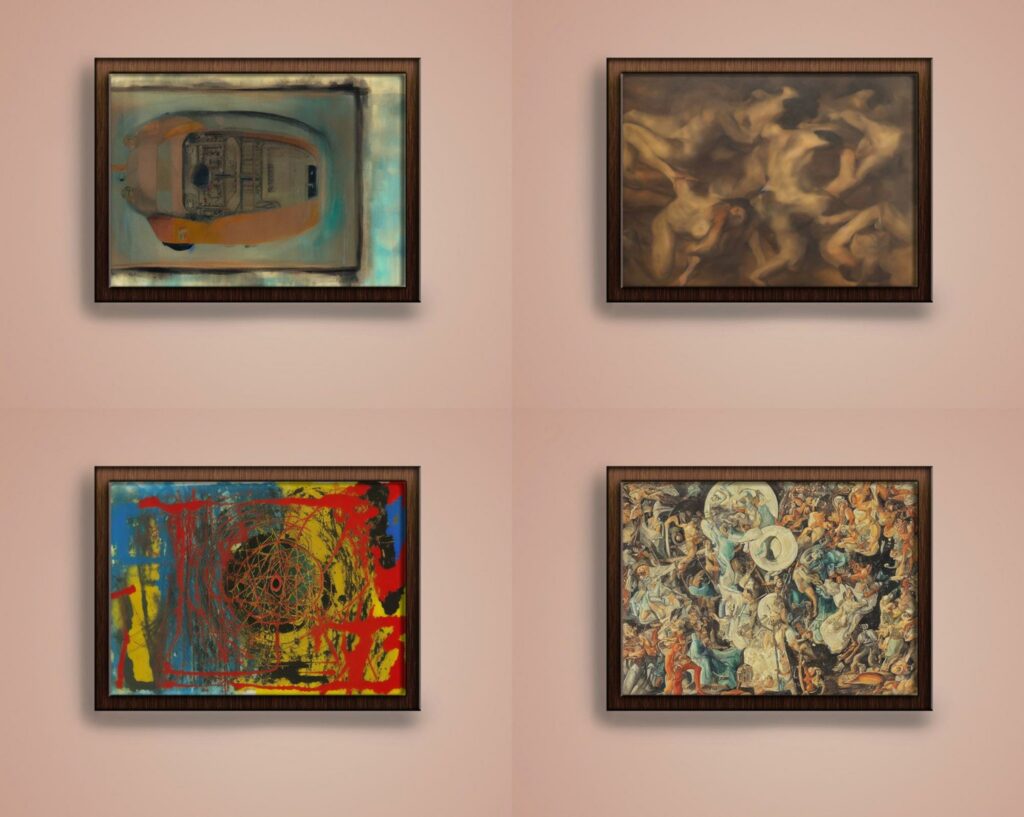
Figure 02.Photomontages of Sena Plincski’s paintings
The True Story of an Imaginary Artist
Because of its use of fiction, Melodia Atomizacji is ever-more layered. At the foundational level, there is me, an artist willing to experiment with AI image generation. Immediately piling up, is a need (its reasons being explained in the next part of this paper) for a figurehead that would embody ML functioning through his aesthetics preferences. But then, another layer is added, because not only does this figurehead need to have a corpus that visually reflects what is investigated, it also needs a biography; or, more precisely, a lore. In video-games, a lore is defined by contrast with the main narrative. It is all the world-building asides: all ancillary and accessory elements accessible through, for example, environmental storytelling or object descriptions.2 Here, I choose this term over biography because Sena does not have a life in itself. He exists through his connection, his fictitious symmetry, with other people’s works and lives. Even his whereabouts, and the time period during which he lives, serve as metaphorical clues about, first, his non-reality, and second, how and why I came to construct him as he is.
In this regard, I stay indebted to Maria Delaperrière, for her article on polish poetry and its relationship with the French avant-gardes of the early twentieth century3. It is in her paper that I learned about Tytus Czyzewski, one of the most well-known figures of the Formis’ci (Formist) movement. A painter and a poet, Czyzewski notably published a book called Zielone oko (Green Eye), that contains the poem Melodia Tlumu (Melody of the Crowd). This poem is one of the defining elements of this project because it reads like a proto-Attempt at Exhausting a Place in Paris, by Georges Perec,4 a text where the writer lists everything he is seeing, in an apparently disconnected fashion, until the words start to lose meaning and their written form becomes the material itself.
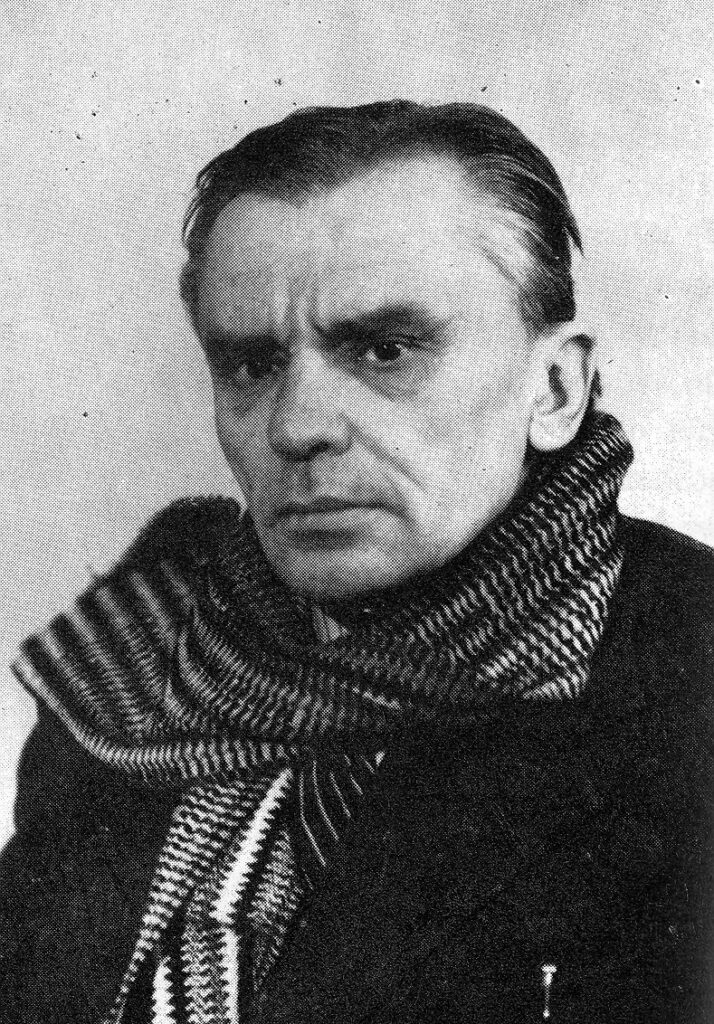
Figure 03.Portrait of Tytus Czyzewski. Photography: archives of the Museum of Art in Lodz
But what interested me even more is the fact that Czyzewski, later on, said that his goal wasn’t to devoid the words from their meaning. It was quite the opposite, as a way to show how he, a polish exile in a foreign country, tried to connect to this place but kept getting devolved by all of what he was listing: the sound of the streets, the sight of the people passing by, etc. Opposing, then, the ML tendency that Sena is to embody, to treat any cultural or meaningful content as statistical probabilities, without regard for their meaning.
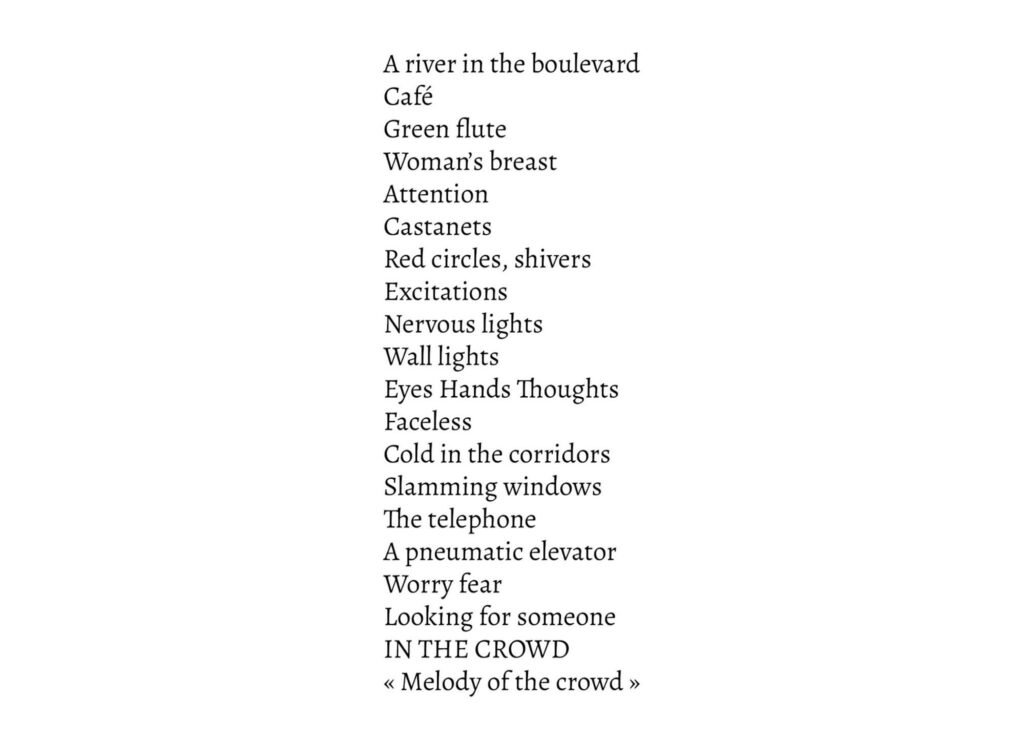
Figure 04.Tytus Czyzewski, Melody of the crowd, my translation.
So Sena began as an anti-Czyzewski, then I decided he would go on to live in California, first Los Angeles and then what would become Silicon Valley, dabbling into occultist circles and making a reputation for himself by forging fake medieval engravings – which adds another layer to the project, with Sena creating fictions inside his own fiction – and opposing Aleister Crowley upon questions of decency. That’s where he would live until his disappearance on July 7, 1930, giving us access to all the letters he ever wrote in his life but never sent to the people they were destined to.
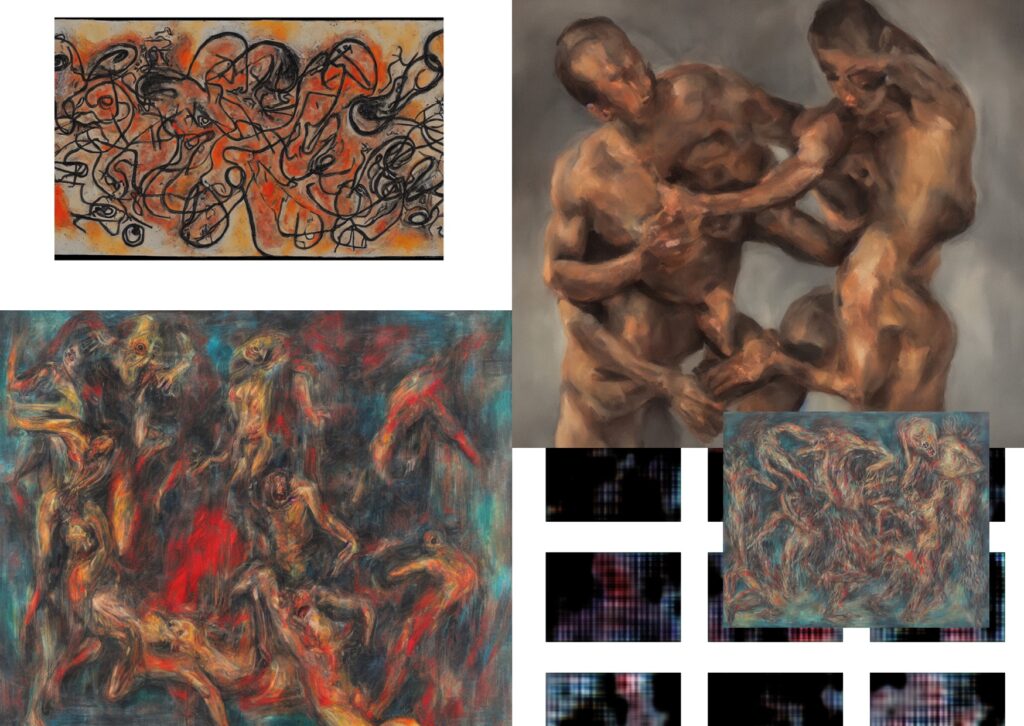
Figure 04.A selection of Sena’s paintings.
The Vas of Tuples, by G30rg35 Br4K: Why turn AI into cubist painters ?
Stepping out and aside from the fiction, I’d like to briefly give a few reasons why this project came to be as it is now. This project started in 2022, as I entered a program centered on “Artificial Imaginations” – a play on Artificial Intelligence – directed by Gregory Chatonsky and Yves Citton. As we started experimenting with Dall-e or Stable Diffusion, I grew frustrated. These text-to-image tools seemed to put me in too much of a directing position: describing what I would like to see to the machine that would produce something I had to deem close enough or not. As an artist, I tend to – and aim at – working with systems. Webs of information and references set in motion by protocols and scripts. What interests me, in focusing on digital computational tools, is their ability to overwhelm me in their complexity and outputting ability. Because I can no longer predict what will be outputted, yet I conserve some leverage over the program, the piece comes to be constructed by the system itself as much as by me. Focusing on serendipity and iteration through a computational back-and-forth. The playground of Dall-E offered me the exact opposite of a praxis, which, to sum it up, meant that I couldn’t care less about the images produced.
Yet, I still found exciting the counterfactual potential of these technologies; that they were very promising fictitious archives providers. Hence came the desire for an encompassing fiction, something that would take a third seat between the AI and me. Something I could make these images interact with, as a way to go beyond this binary evaluation of “This is/isn’t what I want to see”.
The second reason, once I decided to go through the extra steps of building a character and giving it a biography, is that fiction is well-suited to both a) a transmedia narrative, and b) a fragmented form. It organizes what can seem disparate, instrumentalizes the various materials within a regulatory framework. Which plays well with one of my main stylistic inspirations : the creepypastas.
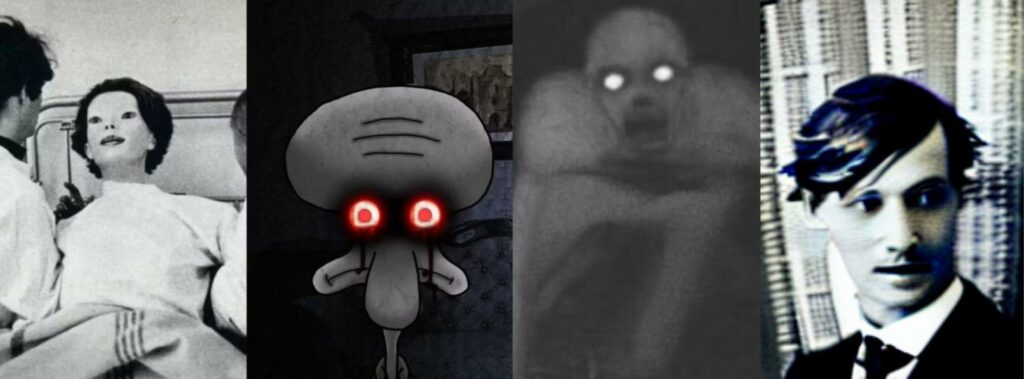
Figure 05.Shaurya Thapa, “10 Internet Creepypastas That Are Still Seriously Scary”. 2022. ScreenRant, headline image. A portrait of a young Sena Plincski has been added on the right.
Creepypastas are short stories narratively lacking. These fictions, typical of post-internet writing, are woven in the absence of information around scattered elements, often presented as if found, and require a participatory reading. This particular format allows me to both extend my project across several media, but also to work on blurring the boundary between archive and creation, playing with the counterfactual potential I just mentioned. As for the fragmented form, it means to me that every element of the piece, every bit of image, installation, objects, and so on, doesn’t have to carry the whole meaning of the piece by itself, that it is the fiction, inserted in the space between each and every bit of visual, that is responsible for building the overall point. The fiction of Sena serves as the between-the-images.5
Lastly, the fiction that is Sena Plincski, his dipping into occultism and fight against meaning, allows me to shift the framing of this project away from what would be expected. My intuition being, paraphrasing Simon Penny, that we are now so much engrained with digital technologies, that they constitute the very images we use when talking about them.6 So, it is my firm belief that, in an artistic context, the investigation of such technologies is helped by reframing them out of their ordinary context. And, to this end, I found that the formist movement of the early twentieth century in Cracow, as well as the Hollywood-occultist craze of the Roaring Twenties, is quite a radical displacement.
Computational Microwave Background
Finally, regarding this question of ML’s ontology, as it will be addressed in this project. The crux of my argumentation lies in the opposition between the previous attempts at AI (What John Haugeland nicknamed Good Old Fashioned AI, GOFAI)7 and contemporary ML-based AI. Historically, in a Cartesian infused-vision of what it means to be intelligent, a lot of the effort was directed towards reasoning upon “clear and distinct entities, exhibiting defining properties and specific behaviors”.8 In response to the failure of this approach, ML was built upon not trying to represent (as in constructing a formal definition of) what it is working upon. More precisely, it uses statistical induction of proximity probabilities, encoding these statistical probabilities as weights in the connection of small and simpler calculating units; and, it needs to be noted, by removing any semantic value to these connections. Meaning that the machine itself does not know, can’t know and must not know what it is working. As a paradoxical example, facial recognition became frighteningly effective when scientists stopped trying to explain what constitutes a face and what is identity-confirming of a specific face next to another. Explaining it would require to build a formal blueprint of a human face, and all of the problems of GOFAI (mainly the fact that nothing is as well cut-out and defined as we would think) would surface again. For example, how do you explain that my face is primarily recognizable because of its looks, yet its looks will often greatly vary during my life without that ever affecting the fact that it is, indeed, my face.
This approach to intelligence can be summarized as recreating the learning process of new-born children after years of trying to reproduce that of a scientist.9 Meaning that what we are now building, is a capacity to ingurgitate and build connection on top of a humongous amount of pre-conceptual information. Which, as an artist, brings on the idea of creating by precisely not trying to pinpoint what it is you want to create. A precise meaning is not what you are looking for here. Not a constructed point. Not building up a very personal and singular manifestation of your subjectivity through the careful elaboration of a formal manifestation of your idea; but allowing you to go down to this sort of shapeless mass of “everything that has been made or seen”, to try and steer it towards something “never seen before, before you saw it”.100
These quotations belong to a series of texts in which Derrida talks about what it is to create, based on letters written by Antonin Artaud. In these letters, Artaud recalls (and Derrida interprets) how every creation is a betrayal of this “absolute absence, full of all possibilities”, one is compelled to go back to as a first gesture. Both Derrida and Artaud frame creating as mostly silencing any other potential creation. In this context, ML offers us a more direct than ever way of letting that absence flow. Of producing infinitely unique variations of the same in a sort of “ontologically trembling” medium.
Moreover, this atomizing poiesis, this tendency to hollow any meaning out of any cultural content and reduce it to a swarm of numbers to be crunched in amounts humans can no longer fathom, seems to come as a new reflection on the question of the authorship and the presence of the artist in the artwork. ML-based generation distributes the parenthood of the image between many elements.
After all, the dataset11 must be very carefully curated and constructed – and now too massive in scale to be humanly constituted – for the AI model to be able to produce anything convincing. Then, the technical context it is running on censors what you’ll be able to produce, and while ultimately the prompt12 sets it in motion, the stochastic nature of AI means that it is important but can’t be seen as the most defining element. And then, maybe in a deeper fashion than before because there is no intrinsic, intentional representativity here, the image needs an audience to give a cultural meaning to this probabilistic placement of numerical values as RGB layers. Which makes me consider ML as an anti-noospheric view on computation and the human mind.
Conclusion
The noosphere is a philosophical concept, developed by both Jesuit priest Teilhard de Chardin and biogeochemist Vladimir Vernadsky. I’m mainly referring to de Chardin’s interpretation, as it is the one I am familiar with. It is based on the idea that after the geosphere, and the biosphere, comes the noosphere, the sphere of all human cognition, that is being built and perpetually thickened by our collective intellectual activities. What interests me, in this image, is that it conveys the sense of the human intelligence as perpetually going towards more. More ideas, more complexity, more links between more complex ideas, etc. It finds an interesting echo in a lot of what digital computing, through its networking and complexifying aspects, has been about up until this point. But, as comes ML, there is a strange clash of representation in this proposition that actually, the best way to integrate and mimic a “global, planetary consciousness” as Big Tech CEOs still seem to dream about to this day, is through breaking it down to a background, computational noise.

Figure 06.A drawing after one of Sena’s poem.
References
- Anderson, Sky LaRell. 2019. « The Interactive Museum: Video Games as History Lessons through Lore and Affective Design ». E-Learning and Digital Media 16 (3): 177‑95. https://doi.org/10.1177/2042753019834957.
- Bellour, Raymond, éd. 2012. Between-the-Images. Documents / Documents Series 6. Dijon: Les presses du réel.
- Czyzewski, Tytus. 1922. Zielone Oko.
- Delaperrière, Maria. 2003. « La poésie polonaise face à l’avant-garde française : fascinations et réticences ». Revue de littérature comparée 307 (3): 355. https://doi.org/10.3917/rlc.307.0355.
- Derrida, Jacques. 1967. L’écriture et la différence. Points Série essais 100. Paris: Éditions du Seuil.
- Haugeland, John. 1985. Artificial intelligence: the very idea. Cambridge, MA: MIT Press.
- Penny, Simon. 2019. Making Sense: Cognition, Computing, Art, and Embodiment. Cambridge, MA : MIT Press.
- Perec, Georges. 2010. An Attempt at Exhausting a Place in Paris. Imagining Science 1. Cambridge, MA : New York: Wakefield Press ; D.A.P./Distributed Art Publishers [distributor].
- Smith, Brian Cantwell. 2019. The Promise of Artificial Intelligence: Reckoning and Judgment. Cambridge, MA London: The MIT Press.
- Teilhard de Chardin, Pierre. 1955. Le phénomène humain. Points 222. Paris: Éd. du Seuil.
- Thapa, Shaurya. 2022. « 10 Internet Creepypastas That Are Still Seriously Scary ». Screen Rant, 19 november 2022. https://screenrant.com/scariest-internet-creepypastas/.
Footnotes
- “I use the term ‘ontology’ in its classical sense of being the branch of metaphysics concerned with the nature of reality and being – that is, as a rough synonym for ‘what there is in the world’.” Brian Cantwell Smith. 2019. The Promise of Artificial Intelligence: Reckoning and Judgment. Cambridge, MA London: The MIT Press. P.57 ↩︎
- For more information on this notion of lore, and the use of item descriptions as a narrative tool, see : Anderson, S. L. 2019. “The interactive museum: Video games as history lessons through lore and affective design”. E-Learning and Digital Media 16(3), 177–195. https://doi.org/10.1177/2042753019834957 ↩︎
- Maria Delaperrière, 2003. “La poésie polonaise face à l’avant-garde française : fascinations et réticences”. Revue de littérature comparée 307 (3): 355. https://doi.org/10.3917/rlc.307.0355 ↩︎
- An Attempt at Exhausting a Place in Paris is a 1975 short book by the French novelist Georges Perec. In a methodological writing experiment, it consists of describing all the ordinary, mundane and unremarkable things that usually go unnoticed, observed while Perec sat in Saint-Sulpice Square, in Paris, for a day. ↩︎
- Raymond Bellour, ed. 2012. Between-the-Images. Documents / Documents Series 6. Dijon: Les presses du réel. ↩︎
- Simon Penny, 2019. Making Sense: Cognition, Computing, Art, and Embodiment. Cambridge, MA: MIT Press. ↩︎
- John Haugeland. 1985. Artificial intelligence: the very idea. Cambridge, Mass: MIT Press. ↩︎
- This definition of GOFAI, as well as its ML counterpart, are both extracted from Brian Cantwell Smith, ibid, 28. ↩︎
- Brian Cantwell Smith, ibid. ↩︎
- Jacques Derrida, 1967. L’écriture et la différence. Points Série essais 100. Paris: Éditions du Seuil. P.15. My translation. ↩︎
- Designing the ensemble of images and metadata used to train a neural model. ↩︎
- In the case of text-to-image tools, the prompt designates the text the user submits to the machine. ↩︎

Cet article a été publié dans le cadre de la School of X, un programme de développement de projet organisé en marge de la conférence xCoAx.
La version originale est à retrouver ici, en compagnie des autres articles des membres du programme.